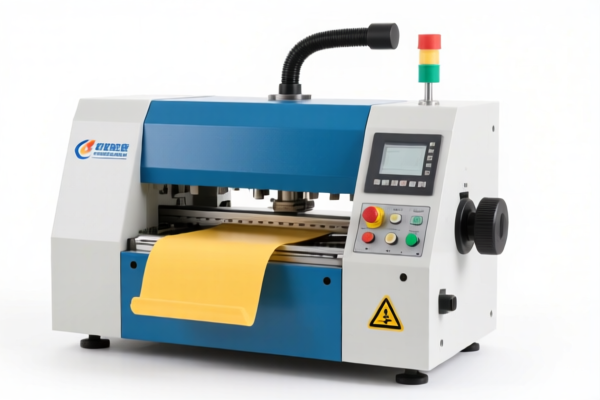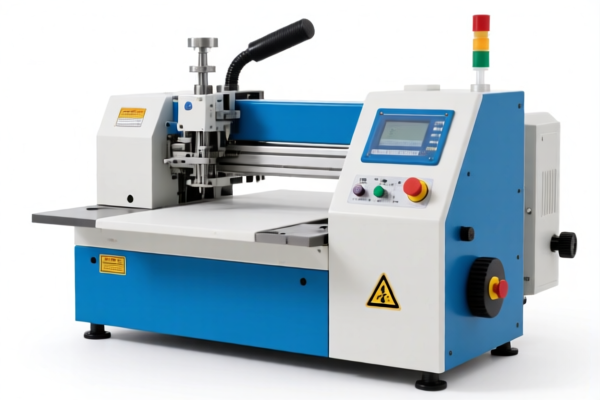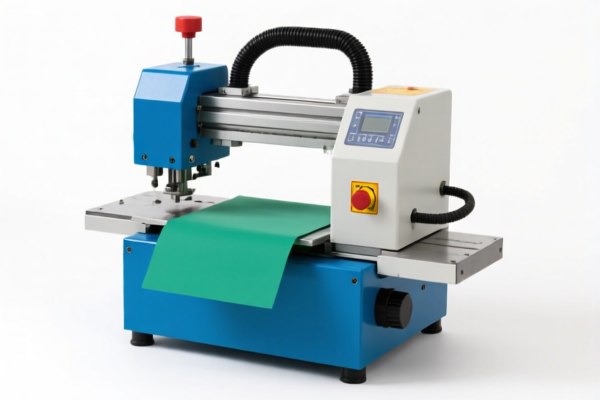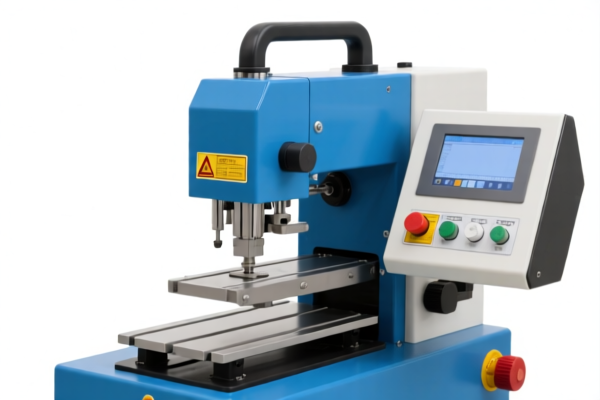| HS Code | Official Doc | Tariff Rate | Origin | Destination | Effective Date |
|---|---|---|---|---|---|
| 8422309120 | Doc | 55.0% | CN | US | 2025-05-12 |
| 8422309186 | Doc | 55.0% | CN | US | 2025-05-12 |
| 3919101010 | Doc | 61.5% | CN | US | 2025-05-12 |
| 3919901000 | Doc | 61.5% | CN | US | 2025-05-12 |
| 4911998000 | Doc | 37.5% | CN | US | 2025-05-12 |
| 4911996000 | Doc | 37.5% | CN | US | 2025-05-12 |
| 4908100000 | Doc | 37.5% | CN | US | 2025-05-12 |
| 4908900000 | Doc | 37.5% | CN | US | 2025-05-12 |




Car Labeling
Car labeling, also known as automotive annotation, is the process of identifying and annotating objects within images or videos captured by vehicle-mounted cameras or other sensors. This data is crucial for the development and training of algorithms used in autonomous driving systems, advanced driver-assistance systems (ADAS), and automotive safety features.
Purpose:
The primary purpose of car labeling is to create high-quality datasets that enable machine learning models to “understand” the visual world around a vehicle. These models need to accurately detect, classify, and track objects to navigate safely and efficiently. Specific applications include:
- Object Detection: Identifying the presence and location of objects like pedestrians, vehicles, traffic signs, lane markings, and obstacles.
- Semantic Segmentation: Classifying each pixel in an image to understand the scene composition (e.g., road, sidewalk, building, sky).
- Instance Segmentation: Identifying and delineating individual instances of objects (e.g., separating each car in a traffic jam).
- 3D Object Detection: Determining the location, size, and orientation of objects in three-dimensional space.
- Lane Detection & Segmentation: Identifying and classifying lane markings.
- Road Segmentation: Identifying drivable areas.
Function:
Car labeling provides the “ground truth” data that machine learning algorithms use to learn. The process involves human annotators or automated tools (often with human-in-the-loop validation) drawing bounding boxes, polygons, or cuboids around objects of interest in images and videos. Each object is assigned a specific label indicating its class (e.g., “car”, “pedestrian”, “traffic light”). More complex labeling tasks involve assigning attributes to objects (e.g., “car color”, “pedestrian direction”).
Usage Scenarios:
- Autonomous Vehicle Development: Training self-driving cars to perceive their environment and make safe driving decisions.
- Advanced Driver-Assistance Systems (ADAS): Enabling features like automatic emergency braking, lane keeping assist, adaptive cruise control, and parking assist.
- Automotive Safety Research: Developing and evaluating new safety technologies.
- Traffic Monitoring & Analysis: Understanding traffic patterns and improving road infrastructure.
- Insurance Claim Processing: Analyzing accident scenes to determine liability.
Common Types of Car Labeling:
- 2D Bounding Box Labeling: The most common type, involving drawing rectangular boxes around objects in images. Simple and efficient, but provides limited information about object shape.
- Polygon Labeling: Drawing precise polygons around objects to capture their exact shape. More accurate than bounding boxes, but more time-consuming.
- Semantic Segmentation: Assigning a class label to each pixel in an image. Provides a detailed understanding of the scene composition.
- Instance Segmentation: Similar to semantic segmentation, but distinguishes between individual instances of objects.
- Cuboid 3D Labeling: Creating 3D bounding boxes around objects in images or point clouds. Provides accurate information about object location, size, and orientation. Requires depth information (e.g., from LiDAR sensors).
- Polyline Labeling: Used for lane markings, road boundaries, and other linear features.
- Road Layout Labeling: Annotating the entire road scene, including lanes, sidewalks, crosswalks, and other elements.
- Sensor Fusion Labeling: Combining data from multiple sensors (e.g., cameras, LiDAR, radar) to create a more comprehensive understanding of the environment.
The declared goods, “car labeling”, refer to adhesive labels applied to automobiles, likely for branding, identification, or decorative purposes. These labels may be self-adhesive or applied using other methods. The function is primarily for visual communication and product identification on vehicles.
Based on the provided reference material, the following HS codes are relevant:
-
3919101010: Self-adhesive plates, sheets, film, foil, tape, strip and other flat shapes, of plastics, whether or not in rolls: In rolls of a width not exceeding 20 cm: Having a light-reflecting surface produced in whole or in part by glass grains (ballotini) Pavement marking tape. This code applies if the car labeling is in roll form, narrower than 20cm wide, and incorporates glass beads for reflectivity (e.g., reflective safety labels).
- 39: Plastics and articles thereof.
- 19: Self-adhesive plates, sheets, film, foil, tape, strip and other flat shapes, of plastics.
- 10: In rolls of a width not exceeding 20 cm.
- 1010: Having a light-reflecting surface produced in whole or in part by glass grains (ballotini) Pavement marking tape.
-
3919901000: Self-adhesive plates, sheets, film, foil, tape, strip and other flat shapes, of plastics, whether or not in rolls: Other: Having a light-reflecting surface produced in whole or in part by glass grains (ballotini). This code applies to self-adhesive car labeling made of plastic, not in rolls or wider than 20cm, and incorporating glass beads for reflectivity.
- 39: Plastics and articles thereof.
- 19: Self-adhesive plates, sheets, film, foil, tape, strip and other flat shapes, of plastics.
- 90: Other.
- 1000: Having a light-reflecting surface produced in whole or in part by glass grains (ballotini).
-
4911998000: Other printed matter, including printed pictures and photographs: Other: Other: Other. This code applies if the car labeling is printed on a substrate (paper, plastic, etc.) and doesn't fall into more specific categories within Chapter 49.
- 49: Other printed matter, including printed pictures and photographs.
- 11: Other printed matter, including printed pictures and photographs.
- 99: Other.
- 8000: Other.
-
4911996000: Other printed matter, including printed pictures and photographs: Other: Other: Other: Printed on paper in whole or in part by a lithographic process. This code applies if the car labeling is printed on paper using lithography.
- 49: Other printed matter, including printed pictures and photographs.
- 11: Other printed matter, including printed pictures and photographs.
- 99: Other.
- 6000: Printed on paper in whole or in part by a lithographic process.
Regarding HS code 4911998000 and 4911996000, the applicable tariff is a base tariff of 0.0%, with an additional tariff of 7.5%, increasing to 30.0% after April 2, 2025.
Customer Reviews
No reviews yet.